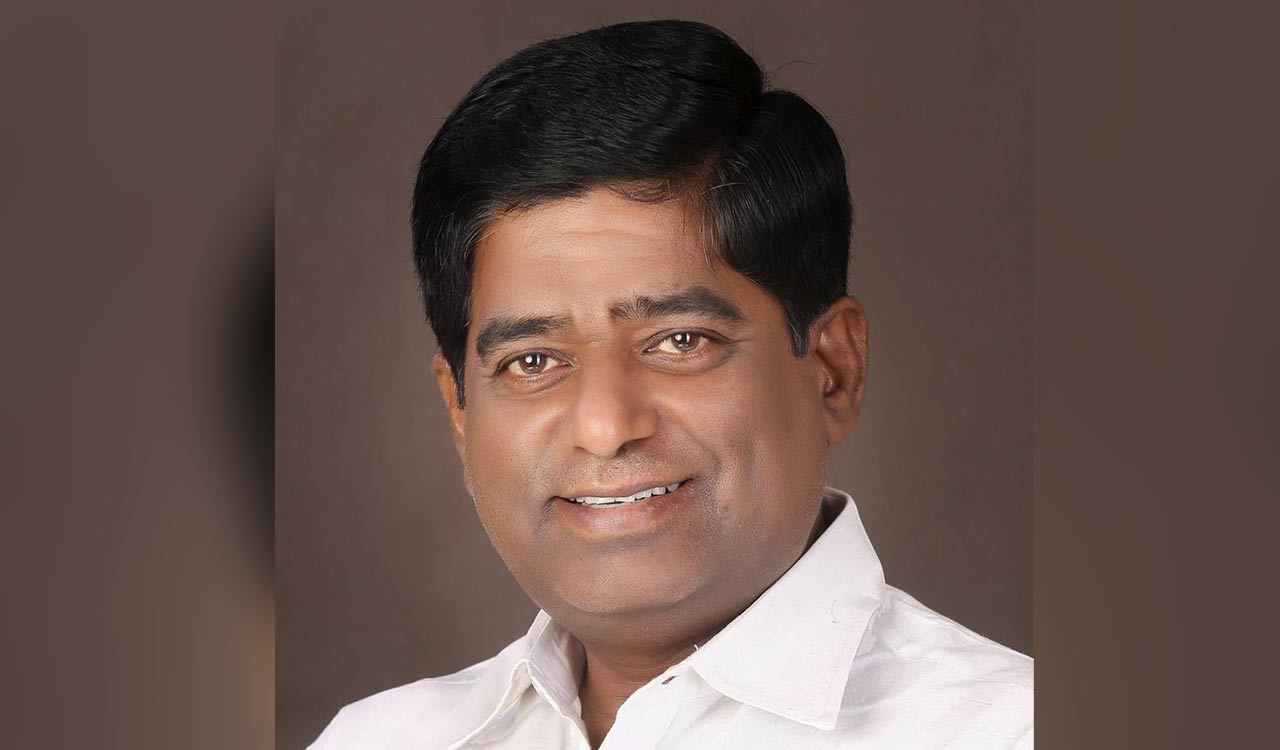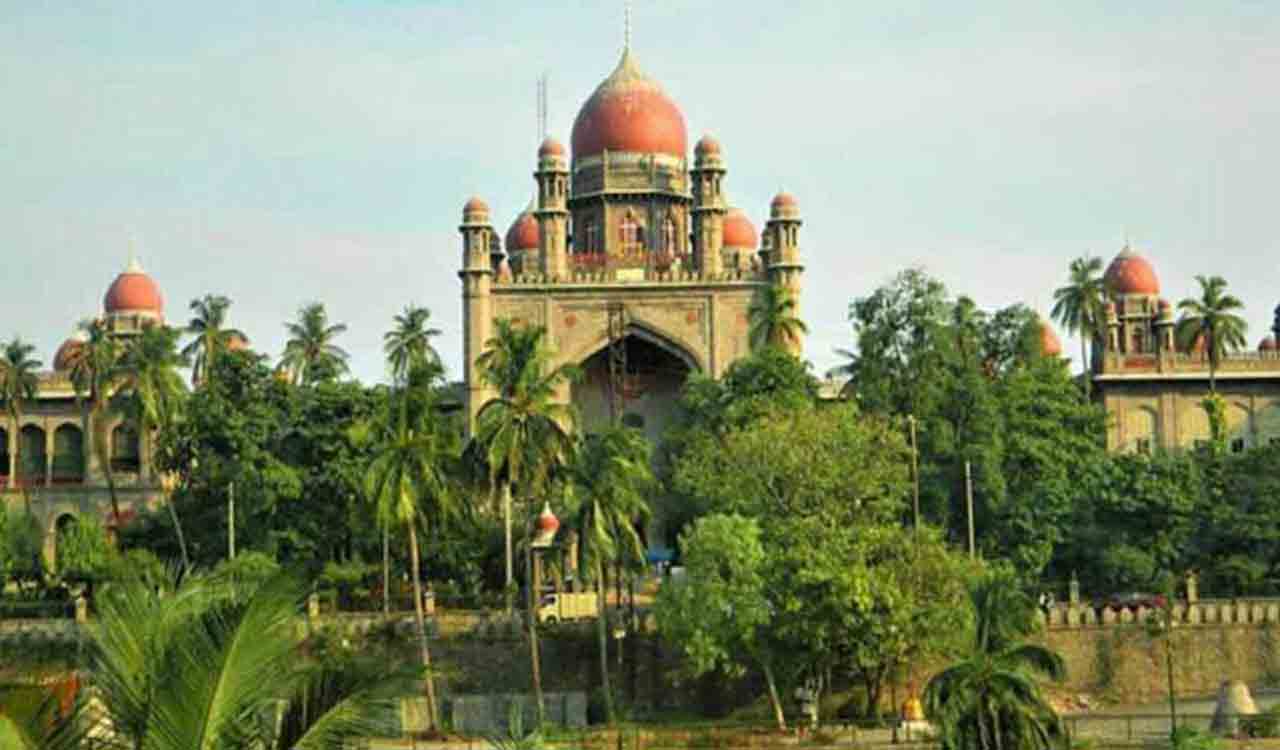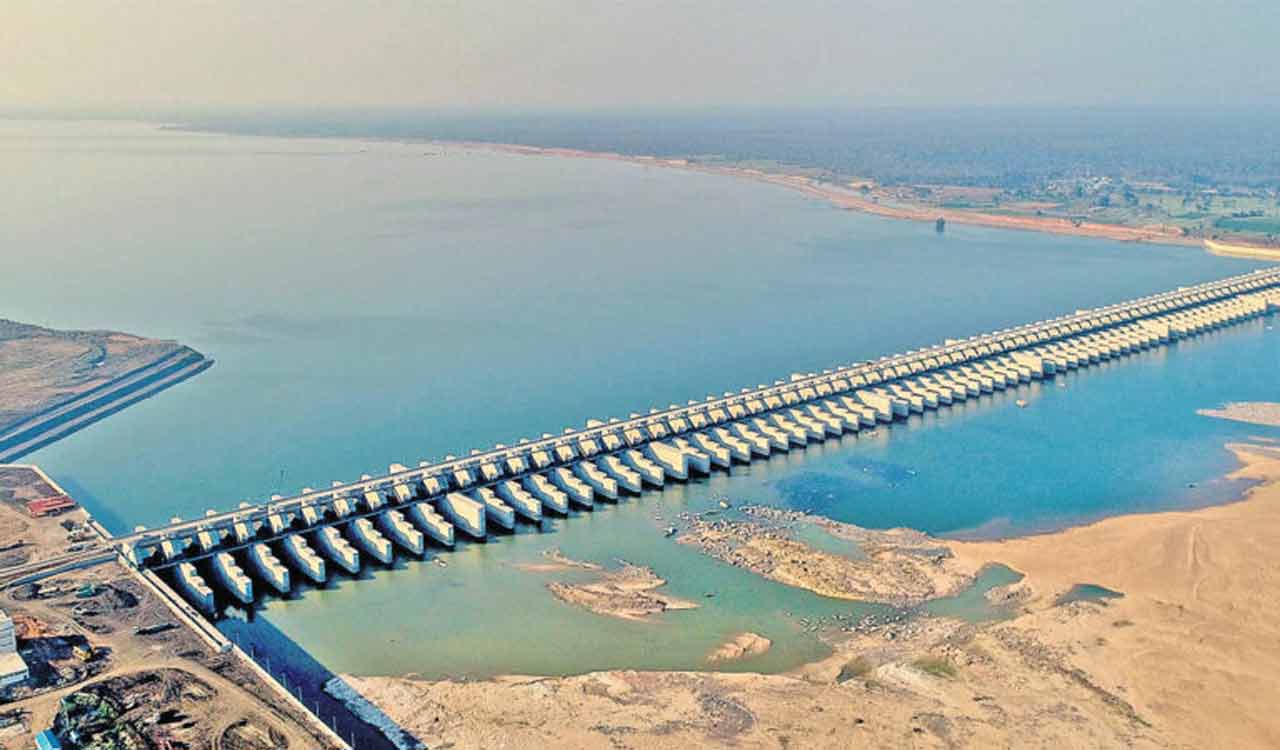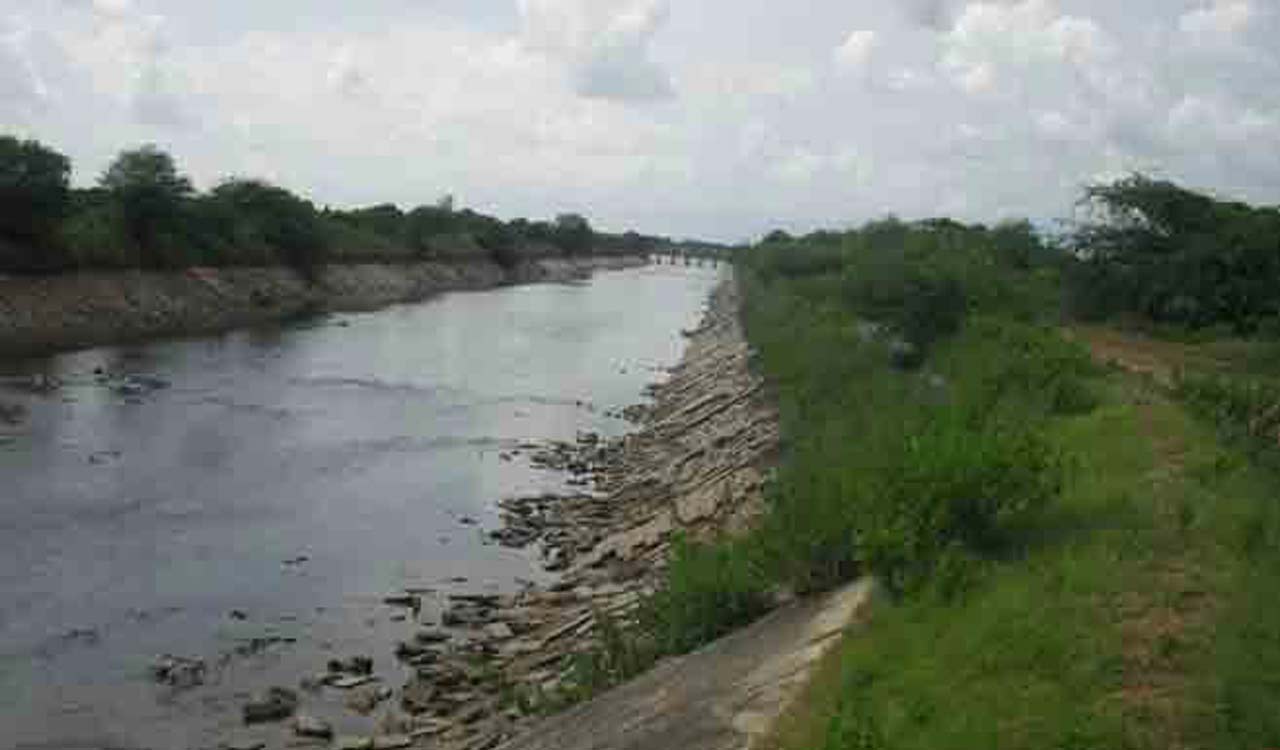River waters expert raises serious doubts in NDSA role in Medigadda blame game
Critics argue that the NDSA report was designed to benefit the ruling party at the Centre, with allegations on planning, design, construction quality, and management errors.

Hyderabad: The National Dam Safety Authority (NDSA) has come under fire for its handling of the structural issues at the Medigadda (Lakshmi) Barrage, a key component of the Kaleshwaram Lift Irrigation Scheme. V Prakash Rao, a river waters expert and former chairman of the Telangana Water Resources Development Authority, has raised serious questions about the credibility of the NDSA’s initial report.
Rao criticized the NDSA’s report, prepared immediately after problems were reported in 2023, as one hastily done and politically motivated. He pointed out that the report was prepared without any geophysical tests or consultations with Telangana engineers, which he deemed unprofessional for a technical body under the central government.
Also Read
Critics argue that the report was designed to benefit the ruling party at the Centre, with allegations on planning, design, construction quality, and management errors. The report concluded with a recommendation to carry out geophysical tests and submit those findings, which many saw as “inadequate”.
The NDSA’s report did acknowledge that the structural issues were due to changes and ditttslocations in the riverbed, despite all precautions. This admission has been seen as an unfortunate reality that neither the government nor the engineers wanted to face.
Project engineers, who had hoped for concrete remedial measures from the NDSA, were disappointed. The NDSA’s visits and investigations, described as secretive, led to temporary protective measures being suggested only after commission directions. Engineers complained that these measures were nothing new and that valuable time was wasted before the monsoon season.
The NDSA, established to maintain dams and barrages, has been accused of protecting the Centre’s interests rather than providing effective solutions. The delay in submitting a comprehensive report has been criticized, with calls for more timely and actionable recommendations.
Rao emphasized that the situation could have been better managed if Sriram Vedire, advisor for Ministry of Jal Shakti and chairman of the Task Force on the River linking Project, leveraging his status and connection to Telangana, had ensured the NDSA submitted its report without delay. This would have allowed adequate time for necessary works on the barrages before the monsoons.
The controversy highlights the need for accountability and effective management in addressing structural issues in critical infrastructure projects like the Medigadda barrage.
Slamming the NDSA for its handling of the structural issues at the Medigadda barrage, Rao said the NDSA failed to provide constructive suggestions for the rehabilitation of the barrage and instead attempted to discredit the previous government and Telangana’s engineers.
Rao emphasized that leakages are natural in structures built on sand foundations. He pointed out that the same technology was used for constructing the Medigadda, Annaram, and Sundilla barrages, suggesting that similar problems could arise. However, he argued that this was not an opinion but rather a desired outcome by some, asserting that such claims would be disproved.
“It is natural for water leakages to occur in permeable foundations. When there is water leakage beyond the limit, if soil and sand particles are found in that water, it must be stopped,” Rao explained. He highlighted that project engineers conduct annual checks and take preventive measures if any such leakages are detected. This ongoing monitoring is crucial for maintaining the structural integrity of the barrage.
Related News
-
KCR, Harish Rao move Telangana High Court against Bhupalpally court order on Medigadda petition
-
CWC rejects DPR for additional component of Kaleshwaram as Congress govt stays silent
-
Yasangi at stake for second consecutive year in 4 lakh acres under SRSP stage-II
-
Medigadda Barrage: Telangana Irrigation Dept divided on way forward
-
Save future of Telangana NEET PG aspirants, IMA writes to CM Revanth Reddy
16 mins ago -
Telangana techie loses Rs 4.15 lakh to online gold trading fraud
46 mins ago -
Hyderabad: Couple working as house help at doctor’s residence held for theft
1 hour ago -
Hyderabad auto driver foils attempt to kidnap young woman, five held
2 hours ago -
Haiti gang attack on journalists covering hospital reopening leaves 2 dead, several wounded
3 hours ago -
21 dead as Mozambique erupts in violence after election court ruling
3 hours ago -
Cartoon Today on December 25, 2024
11 hours ago -
Sandhya Theatre stampede case: Allu Arjun questioned for 3 hours by Chikkadpallly police
12 hours ago




